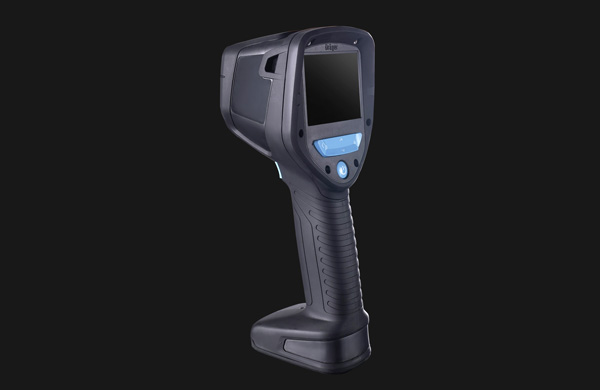In the plastics manufacturing industry, injection molding technology for plastic shell molds holds a pivotal position. A complete and efficient injection molding process is not only crucial for the final quality of the product but also for production efficiency and cost control. This article provides an in-depth analysis of the three core stages of injection molding for plastic shell molds: meticulous preparation before molding, precise control during the injection process, and indispensable post-processing of the plastic parts.
To ensure the smooth operation of plastic shell molds and the excellent quality of the products, meticulous preparations are essential before production. This includes, but is not limited to, raw material preprocessing to remove impurities and ensure material purity; thorough cleaning of the barrel to prevent residues from affecting the quality of new batches; preheating of inserts to reduce stress concentration due to temperature differences; and the careful selection of mold release agents to ensure that the plastic parts can be separated from the mold smoothly and without damage. This series of meticulous preparations lays a solid foundation for the subsequent injection molding process.

The injection process for plastic shell molds is a highly integrated technical step, specifically divided into the following key stages:
Material Loading: Given that injection molding is an intermittent process, precise measurement of material loading is a top priority. This not only ensures operational stability but also guarantees uniform plasticization, thereby laying a material foundation for the production of high-quality plastic parts.
Plasticization and Injection: Driven by the plunger or screw, the plastic raw material undergoes a plasticization process in the barrel and is then rapidly and precisely filled into the closed cavity through the injection cylinder's applied high pressure, via the nozzle and the mold's gating system. This process can be subdivided into three stages: flow control, pressure supplementation, and reverse flow adjustment, each requiring strict control to ensure the accuracy of the plastic part's shape and the density of its internal structure.
Cooling and Solidification: When the plastic melt initially solidifies in the mold, the plunger or screw is timely retracted to release the pressure, and cooling media (such as water, oil, or air) are introduced to accelerate the cooling and solidification process of the plastic part, preparing it for subsequent ejection.
After ejection, the plastic parts are not yet ready for direct market use. A series of post-processing steps are essential for enhancing product performance, improving appearance, and extending service life. These post-processing steps include, but are not limited to, fine trimming of excess edges; heat treatment (such as annealing) to eliminate internal stresses; conditioning treatment to maintain dimensional stability; antistatic treatment to enhance surface properties; and for specific materials, additional steps such as external fixed cooling or surface polishing may be required to achieve the desired surface finish and overall aesthetics.
In summary, the injection molding process for plastic shell molds is a complex process that combines both science and art, with each step requiring rigorous attention to detail in order to produce high-quality plastic parts that meet both design requirements and market demands.